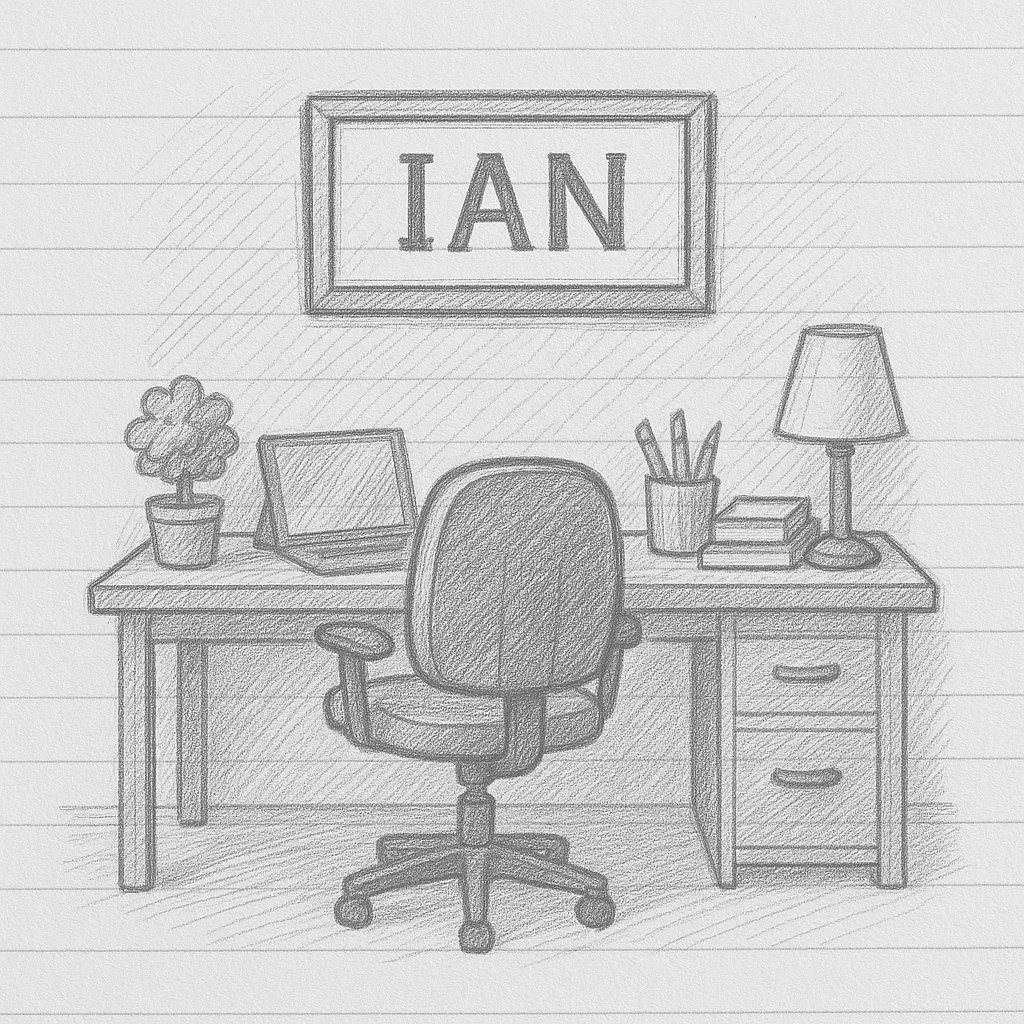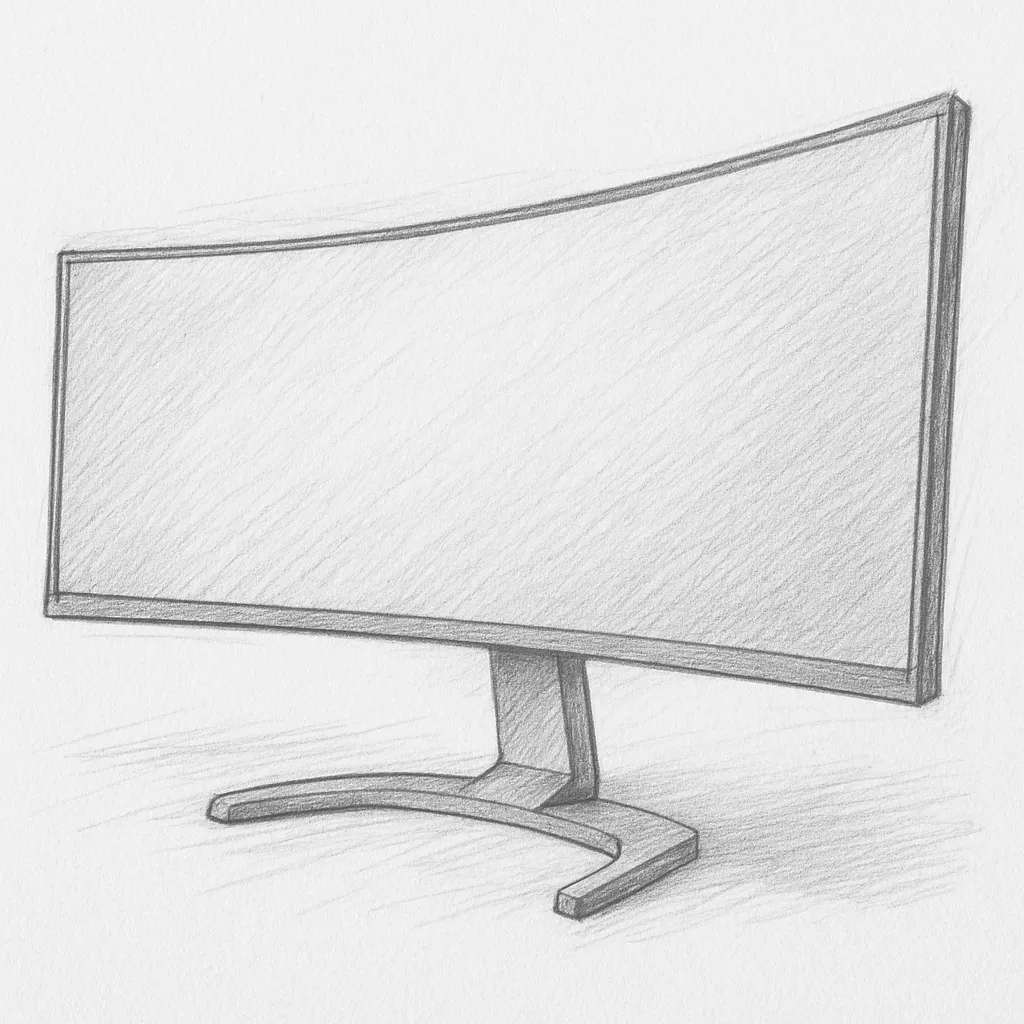In today’s world, where remote work is increasingly the norm, creating a personalized workspace can significantly enhance your productivity, creativity, and overall well-being. As you spend countless hours at your desk, transforming this space into a place that reflects your personality and suits your working style is key to fostering motivation and focus. In this article, we’ll explore effective strategies for personalizing your workspace, featuring tips on organization, decor, and ergonomics.

1. Understand Your Work Style
Before diving into the aesthetics of your workspace, take some time to evaluate your work style. Do you thrive in a minimalistic environment, or do you find inspiration in vibrant colors and eclectic designs? Consider how you work best—whether you need silence or a bit of background noise, certain scents to stimulate your focus, or a clutter-free surface to think clearly. A self-assessment will guide your decisions as you personalize your workspace.
Tips for Reflection:
- Journal Your Day: Keep track of how your environment affects your productivity. What distractions arise? What inspires you?
- Identify Must-Have Items: List tools, resources, or mementos that energize or assist you in your work.
2. Optimize Organization
Clutter can be a significant productivity killer. Structuring your workspace with personalized organization helps maintain focus. Here are a few strategies:
A. Use Attractive Storage Solutions
Select storage components that resonate with your aesthetic. This could be sleek file organizers, colorful bins, or vintage containers. The goal is to enhance your workspace while keeping essential items accessible.
B. Designate Zones
Consider dividing your workspace into specific zones for different tasks. A creative corner might have art supplies and inspirational quotes, while a focus zone can be minimal with just the essentials. Tailoring these areas to your tasks keeps your energy flowing.
C. Go Digital
Limit physical clutter by digitizing documents and tools whenever possible. Use apps and cloud storage for easy access, organizing digital files into folders that reflect your personal system.
3. Create a Welcoming Atmosphere
The atmosphere of your workspace plays a significant role in your mindset. Here are ways to create a warm, inviting environment:
A. Choose Your Colors Wisely
Color psychology suggests that certain hues can influence mood and productivity. Opt for calming tones like blues and greens for concentration, or energizing colors like yellows or oranges to inspire creativity. Paint the walls, hang colored artwork, or use accessories to incorporate these hues.
B. Incorporate Personal Touches
Decor is where you can truly express yourself. Include artwork that speaks to your soul, family photos that make you smile, or plants that bring a touch of nature indoors. Choose pieces that uplift and motivate you.
C. Add Sensory Elements
Think beyond visuals and consider the other senses. Use essential oil diffusers or scented candles with aromas that enhance your focus. Soft background music or ambient sounds can also contribute to a pleasant working atmosphere.
4. Prioritize Ergonomics
No workspace is complete without considering ergonomics. Personalizing your workspace means making it comfortable to work for long periods. Here are some ergonomic practices:
A. Invest in Quality Furniture
Choose a desk and chair that suit your body type. An adjustable chair that supports your lower back combined with a desk that’s at the right height can significantly enhance your comfort.
B. Position Your Screen Correctly
Your computer screen should be at eye level, allowing your neck to stay in a neutral position. Consider using monitor risers or even laptop stands to achieve the right height.
C. Take Breaks
Establish a routine that includes regular breaks. Set a timer for every 25-30 minutes for a quick stretch or a walk around the house. A few minutes away from your screen can refresh your mind and body.
5. Create a Routine That Inspires
Personalizing your workspace also involves establishing a routine that works for you. Here’s how to create one:
A. Set Up Rituals
Start and end your workday with specific rituals. This could include a cup of coffee, a short meditation, or even a quick workout session. These rituals help transition your mindset into work mode and back again.
B. Use To-Do Lists or Planners
Personalize your task management. Whether you prefer digital planners or handwritten lists, choose a format that feels inspiring and motivating. Customizing it to reflect your work style can make checking off tasks more enjoyable.
C. Connect with Others
Even in a home office, don’t overlook the importance of social interaction. Set aside time for virtual coffee breaks with colleagues or friends. Building these connections can reduce feelings of isolation and contribute to a positive work environment.
6. Regularly Redefine Your Space
Finally, remember that personalizing your workspace is an ongoing process. As your needs and preferences evolve, so should your workspace. Regularly reassess your environment and make adjustments that reflect your current work style and personal growth.
Conclusion
Creating a personalized workspace is an investment in your productivity and well-being. By understanding your work style, optimizing organization, fostering a welcoming atmosphere, prioritizing ergonomics, developing inspiring routines, and regularly redefining your space, you will cultivate a workspace that is not only functional but also a reflection of who you are. Embrace your creativity and make your home office a sanctuary where your best work can flourish.


